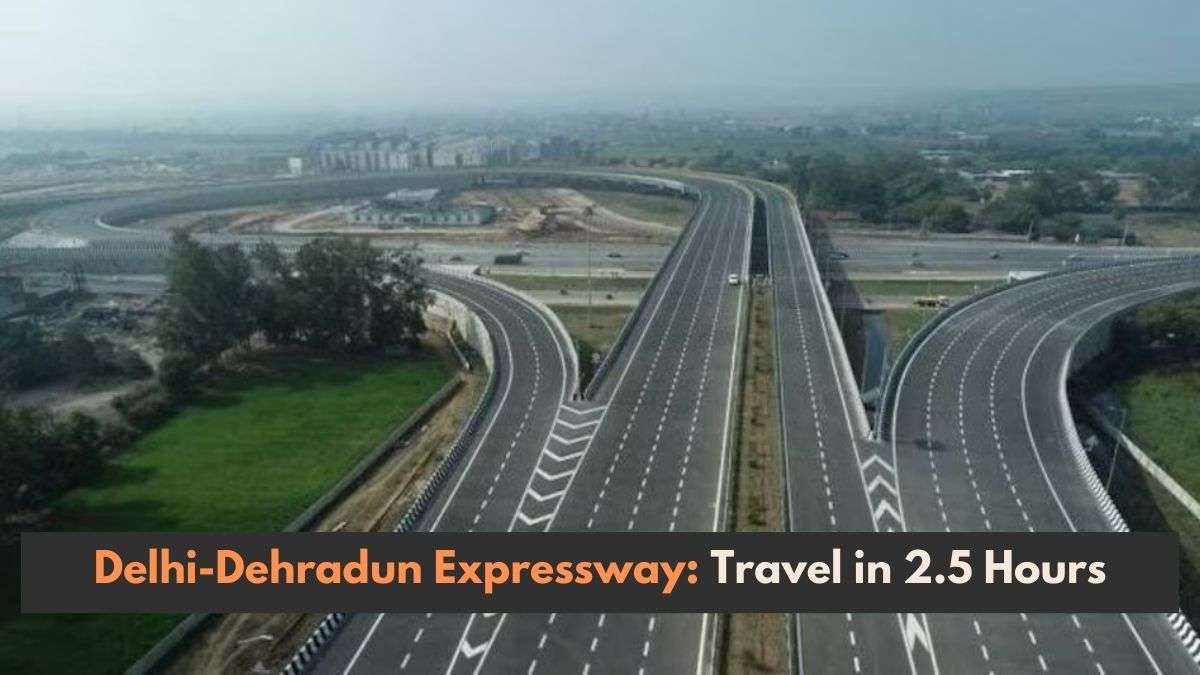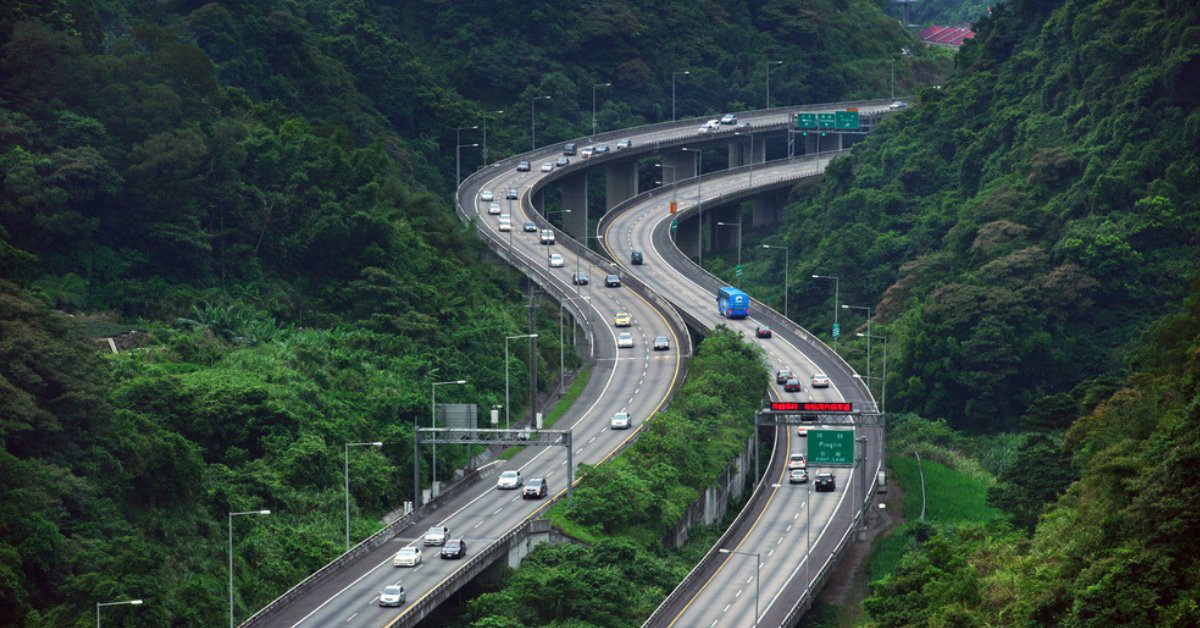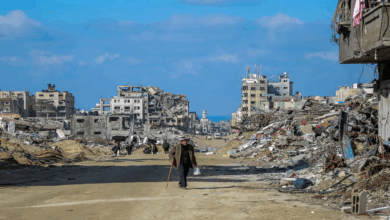Delhi-Dehradun Expressway Nears Completion: Travel Time to Drop from 6.5 to 2.5 Hours

The much-awaited Delhi-Dehradun Expressway is almost ready to transform travel between India’s capital and Uttarakhand’s scenic city. Expected to be completed by October 2025, this 210-kilometre six-lane expressway promises to reduce travel time from 6.5 hours to just 2.5 hours.
This expressway is part of the Bharatmala Pariyojana, one of India’s largest infrastructure projects. With a massive investment of ₹13,000 crore, the road will connect Delhi, Uttar Pradesh, and Uttarakhand, making journeys faster, safer, and more comfortable.
Key Features of the Expressway

The Delhi-Dehradun Expressway (NH-709B) is being developed in four phases:
- Phase 1: A 32-km elevated road from Akshardham (Delhi) to Baghpat, which already reduces travel time on this section to just 25 minutes.
- Phase 2: This 118-km stretch runs through Baghpat, Shamli, and Saharanpur, with over 60 underpasses and new interchanges for seamless connectivity.
- Phase 3: A 40-km section links Saharanpur to Ganeshpur in Uttarakhand, connecting the plains to the Himalayan foothills.
- Phase 4: The final 19.5 km leg traverses the Shivalik hills and Rajaji Tiger Reserve. It includes India’s longest 12-km elevated wildlife corridor and a 340-meter tunnel at Dat Kali Devi, constructed for ₹1,995 crore.
This world-class expressway includes:
- 16 entry and exit points
- 113 underpasses
- 29 km of elevated roads
- 62 modern bus shelters
- A designated speed limit of 100 kmph
Eco-Friendly and Wildlife-Safe Design
A major highlight of the project is its eco-sensitive construction. The 12-km elevated wildlife corridor, India’s longest, allows safe passage for animals in Rajaji National Park. Additionally, six animal underpasses and two elephant underpasses further protect wildlife. These features make the expressway a model for balancing development with conservation.
Major Benefits of the Expressway
- Reduced Travel Time: Commuters can reach Dehradun from Delhi in just 2.5 hours instead of the current 6.5 hours.
- Tourism Boost: Faster access to Rishikesh, Haridwar, Mussoorie, and other Uttarakhand hill stations will attract more tourists and pilgrims.
- Economic Growth: The route will improve logistics and freight movement, benefiting businesses and regional trade.
- Real Estate Development: Areas like Ghaziabad, Saharanpur, and Dehradun are seeing increased interest from real estate investors due to improved connectivity.
A Game-Changer for Northern India
The Delhi-Dehradun Expressway is more than just a road-it’s a lifeline for commuters, businesses, and tourism. Combining speed, safety, and sustainability, it represents a major leap in India’s road network.
With 90% of construction completed, the final phases are progressing rapidly. Once inaugurated in October 2025, this expressway will stand as a symbol of India’s modern infrastructure revolution.
The countdown to a smoother, faster, and greener journey has already begun!




